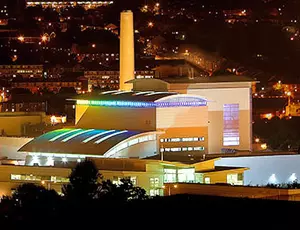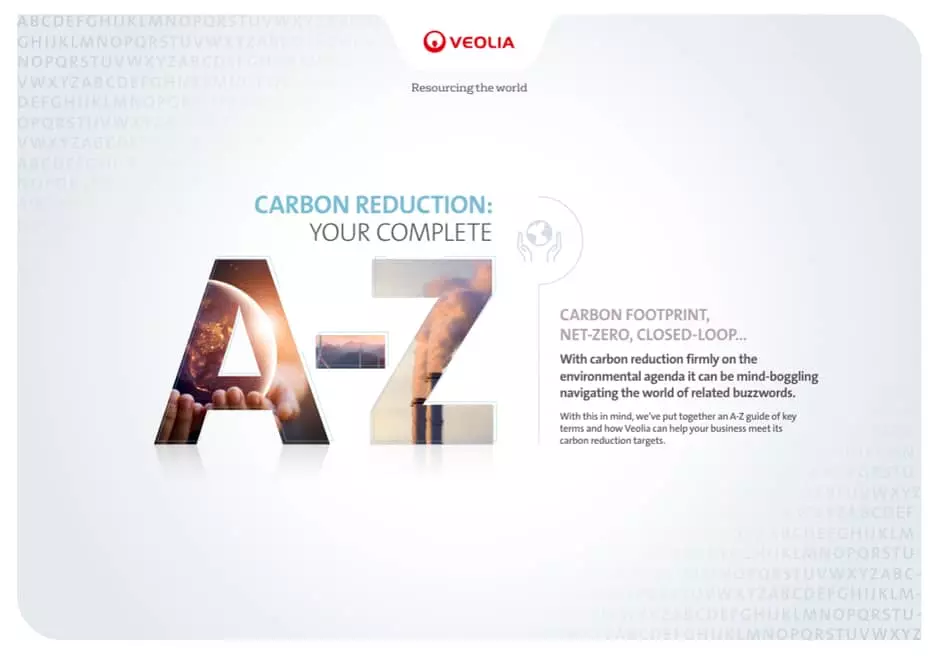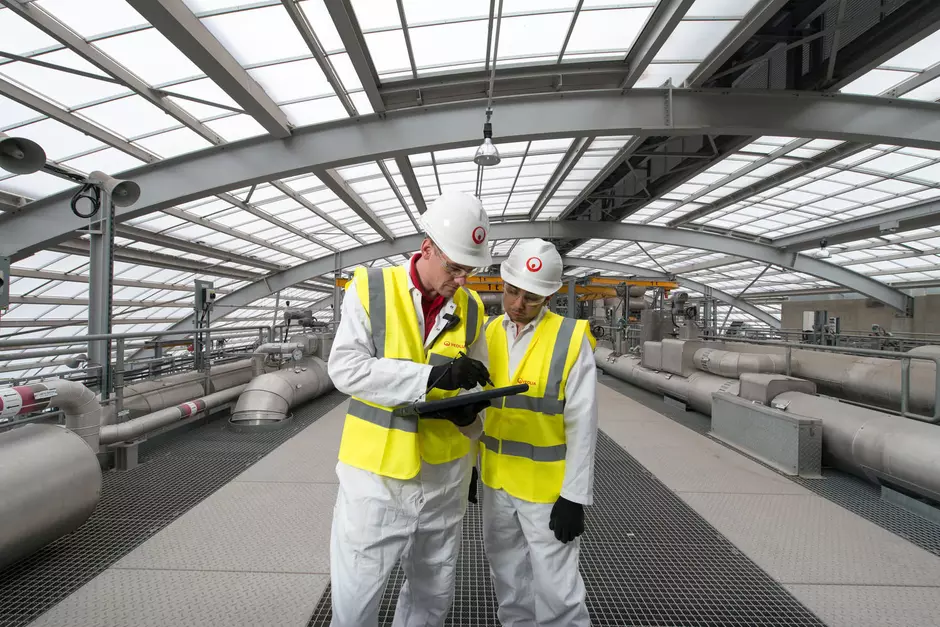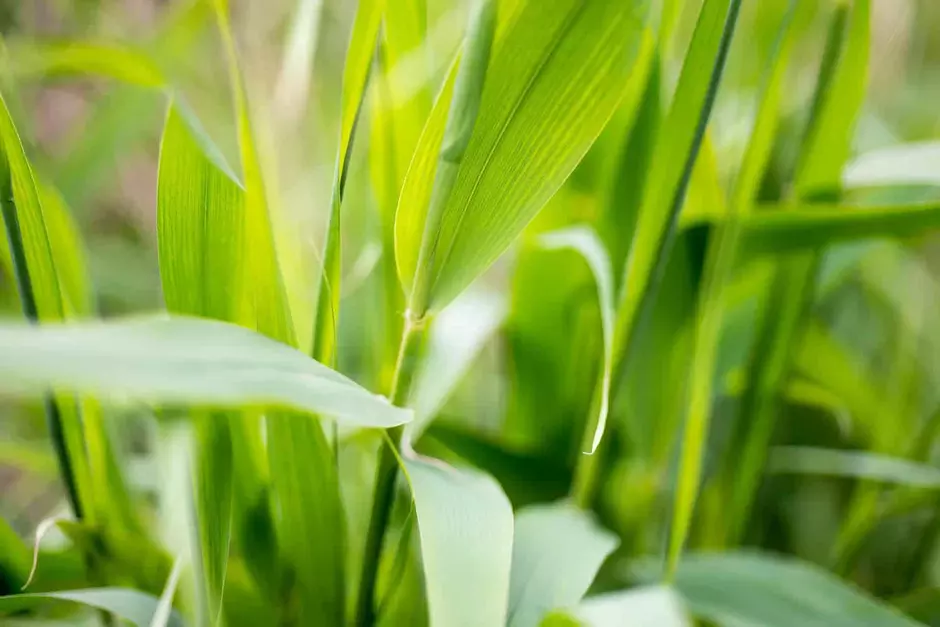Carbon capture technology is being positioned as the way forward in terms of reducing the impact of carbon on the environment.
But what is it, what benefits does it offer and how is Veolia getting involved?
What is carbon capture?
Carbon capture technology allows carbon dioxide to be extracted from emissions and then compressed and/or liquified. It can then either be used in industrial applications or can be pumped into underground stores, such as those under the North Sea. This helps to reduce the amount of CO2 released into the environment and promotes a carbon circular economy.
Veolia's partnership with Carbon Clean
Alongside Carbon Clean, a global leader in low-cost carbon capture technology who we have been working with for the past four years, we are working on a project which will see us become the UK's first operator of Energy Recovery Facilities (ERFs) which utilise this technology.
The latest Carbon Clean application is significantly smaller than other technologies, making it suitable to be retrofitted into ERFs to enable carbon dioxide to be extracted from combustion flue gas emissions.
What will be the benefit of this?
Veolia currently operates ten ERFs that take around 2.3 million tonnes of non-recyclable waste and transform this into electricity for over 400,000 homes, taking pressure off the electrical grid and avoiding the use of fossil fuels. The project to enable the capture and storage of CO2 emissions from the process will enable ERFs to contribute further towards the circular economy.
The carbon captured by the new applications will either be stored permanently, or used in greenhouses to boost plant growth; in the production of building materials such as concrete; in the production of organic chemicals that make up solvents, synthetic rubber and plastics, and more.

How can Veolia help your business?
Get in touch and see how Veolia can support your business.
Our experts are always on hand to deal with your request.
-Further Reading-
Download your free copy of our carbon reduction A-Z guide
We've put together an A-Z guide of key terms and how Veolia can help your business meet its carbon reduction targets.
Six tips for reducing your carbon footprint
With Net-Zero firmly in the spotlight, businesses are all having to devise ways to reduce their carbon footprint.
Carbon Footprint and Energy Strategy
Find out how you can better understand where and when your business is using energy.
Circular Innovations
Discover three closed-loop solutions that can reduce your businesses carbon footprint.








